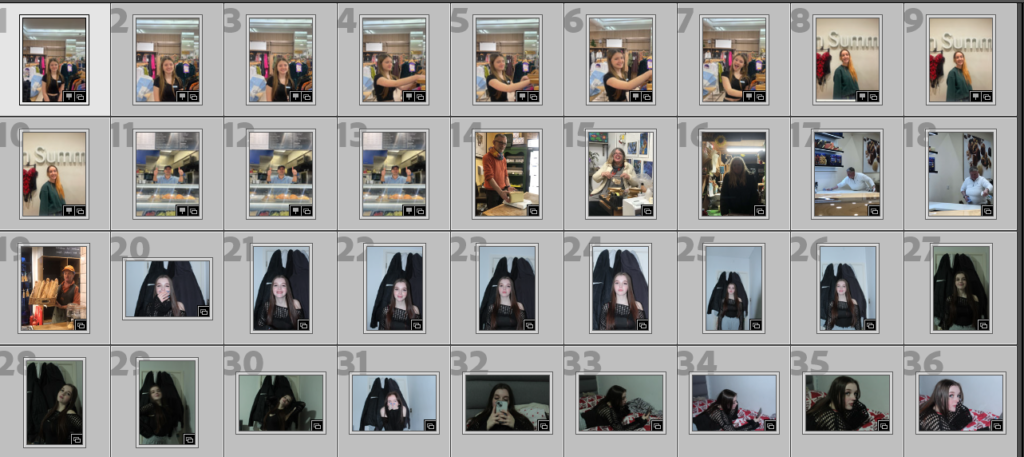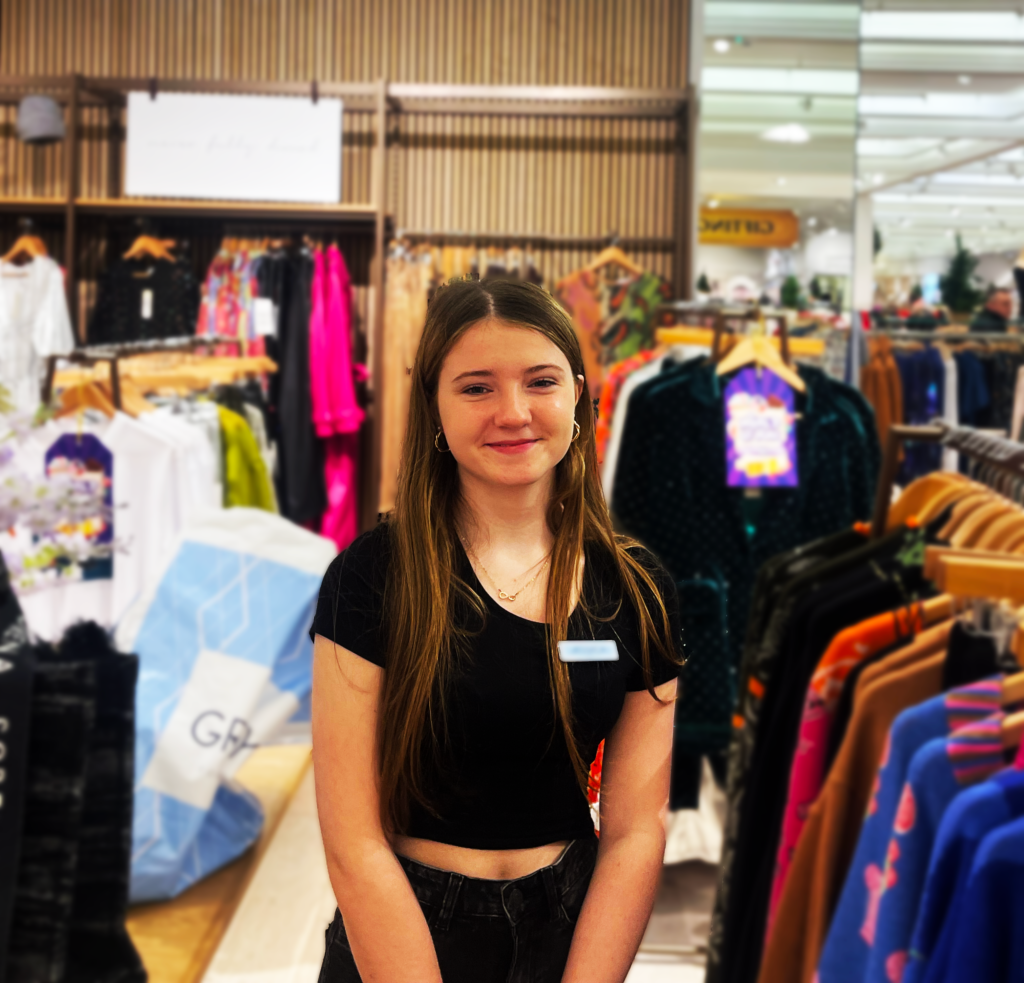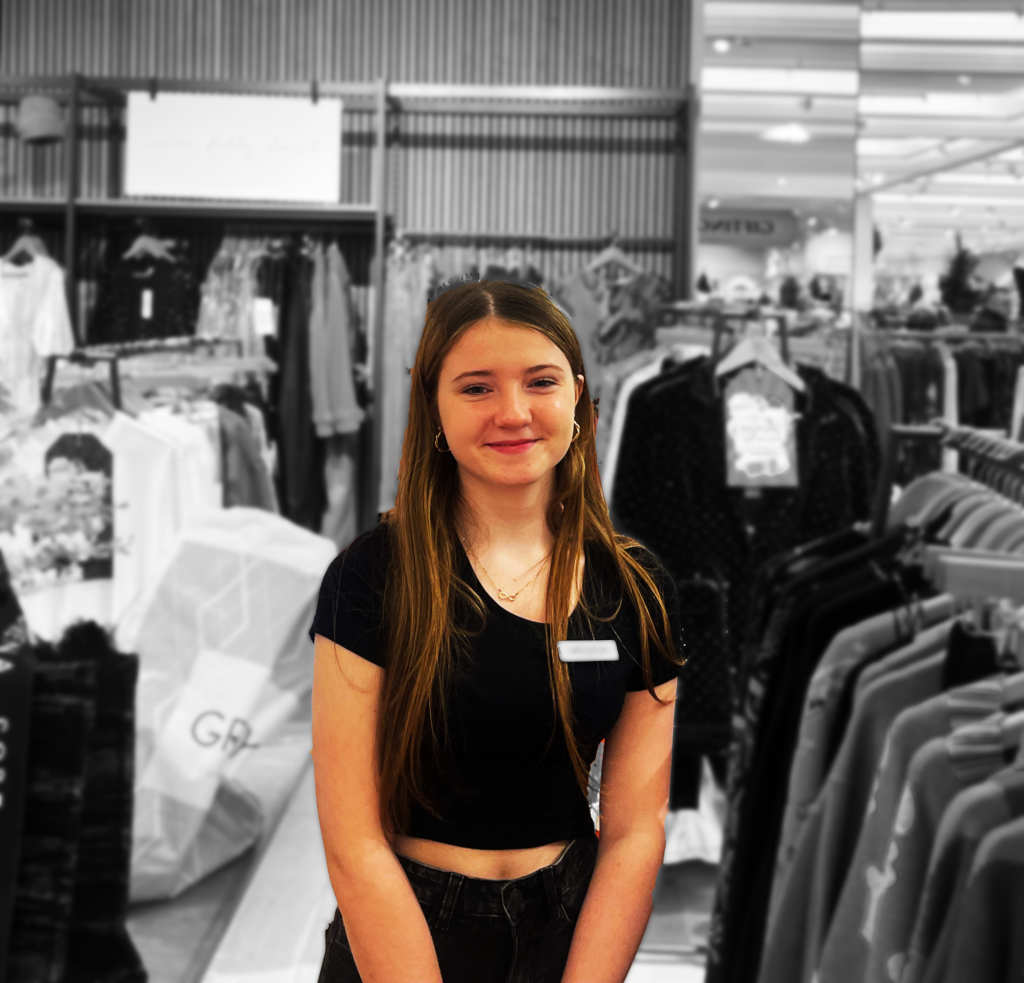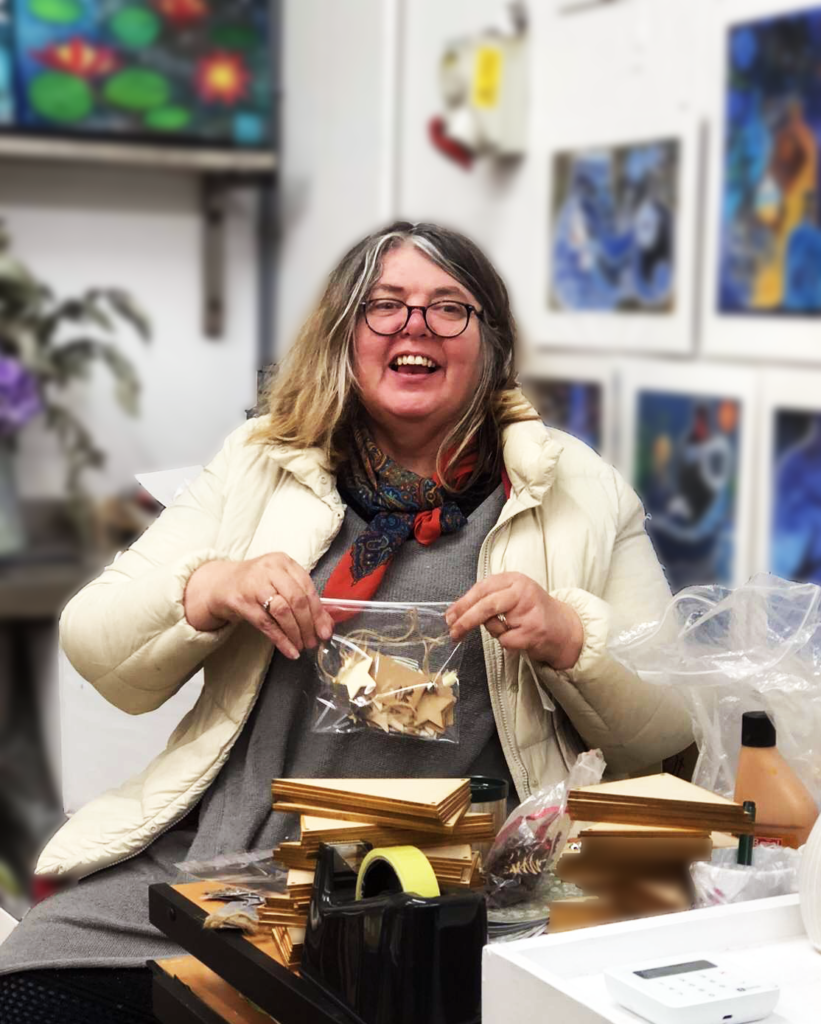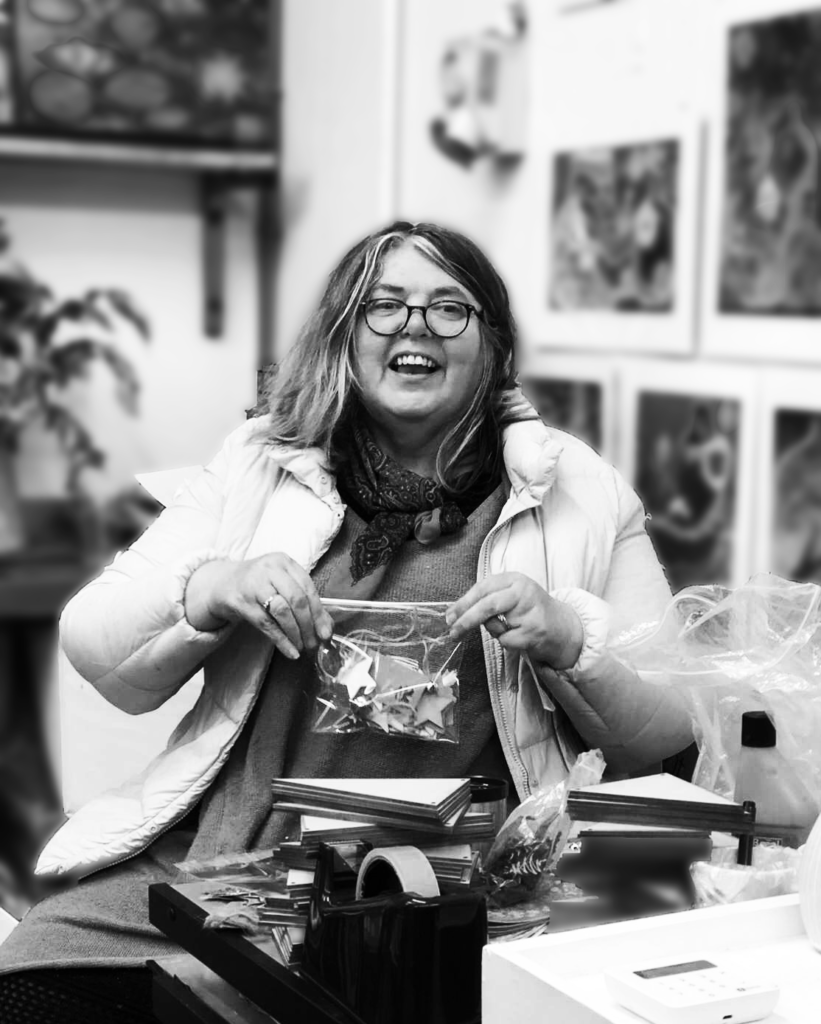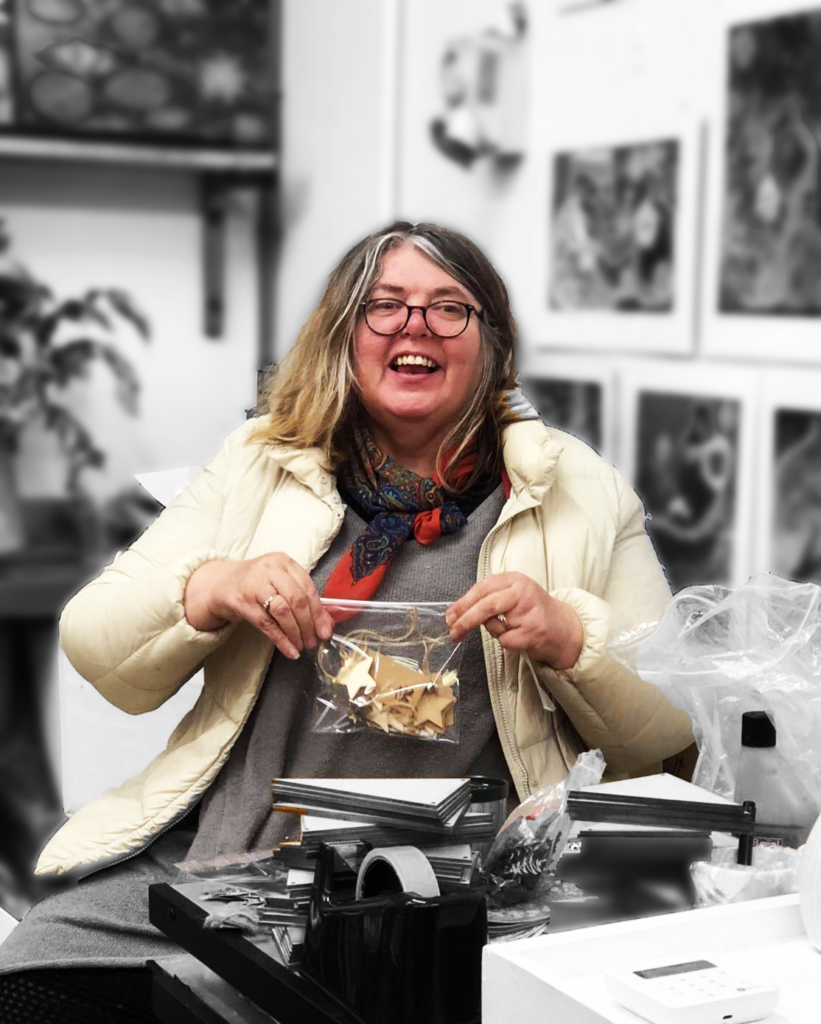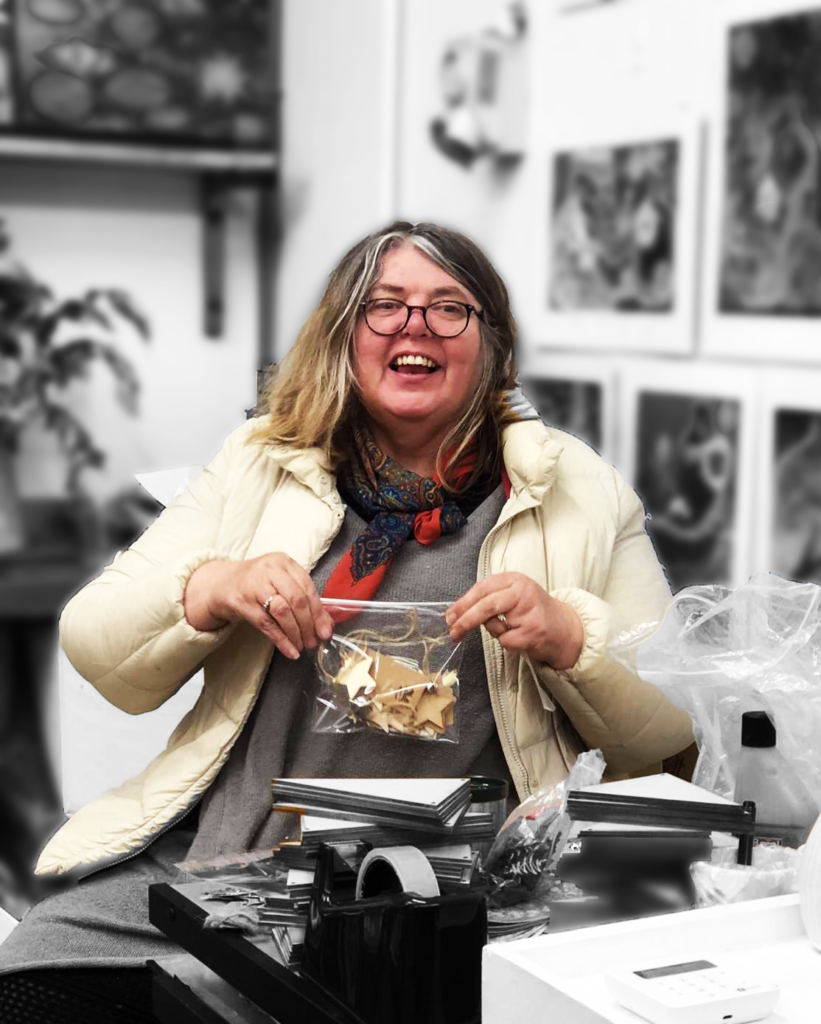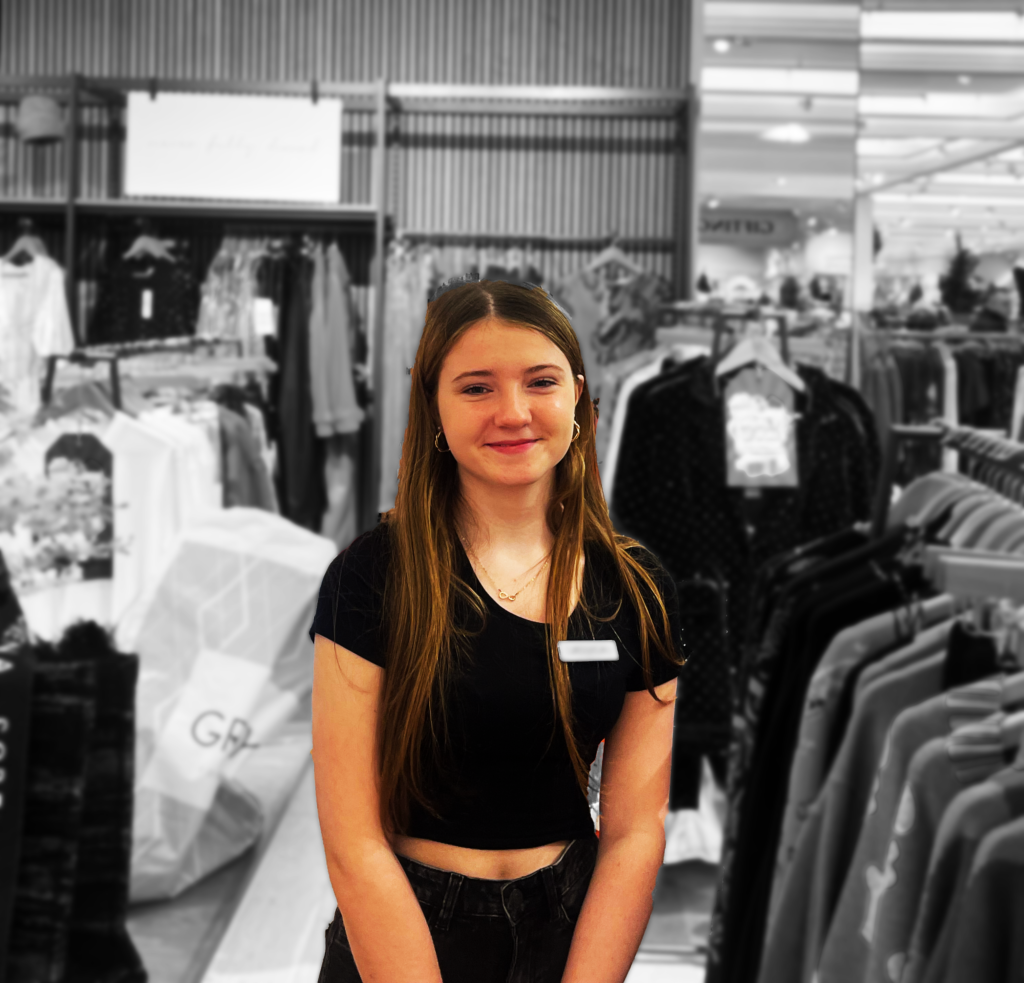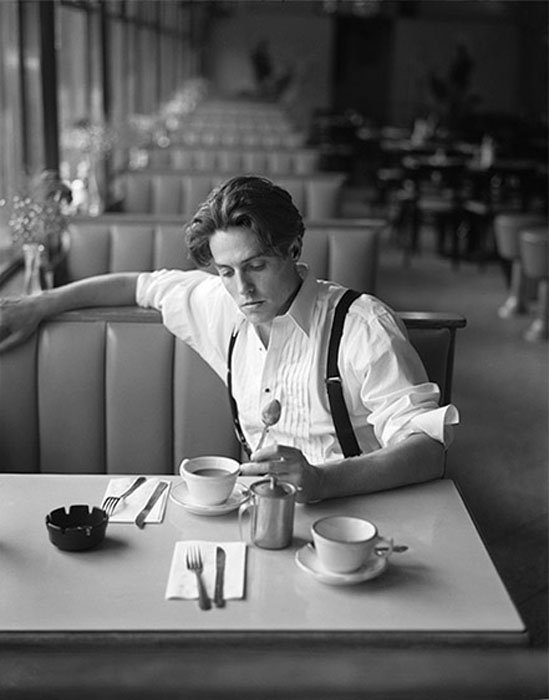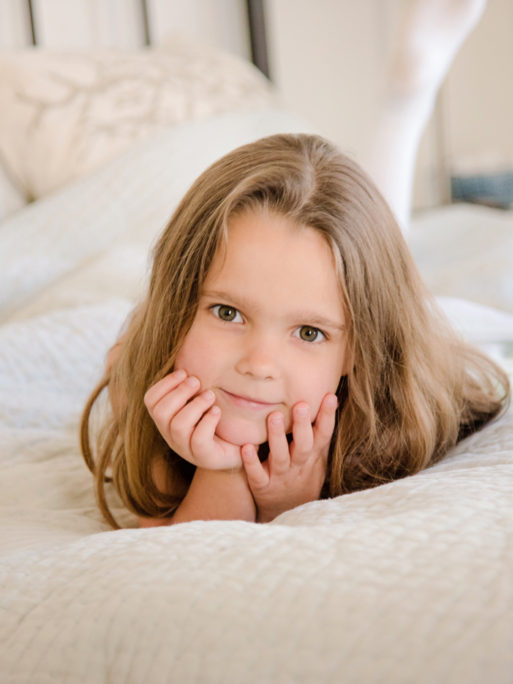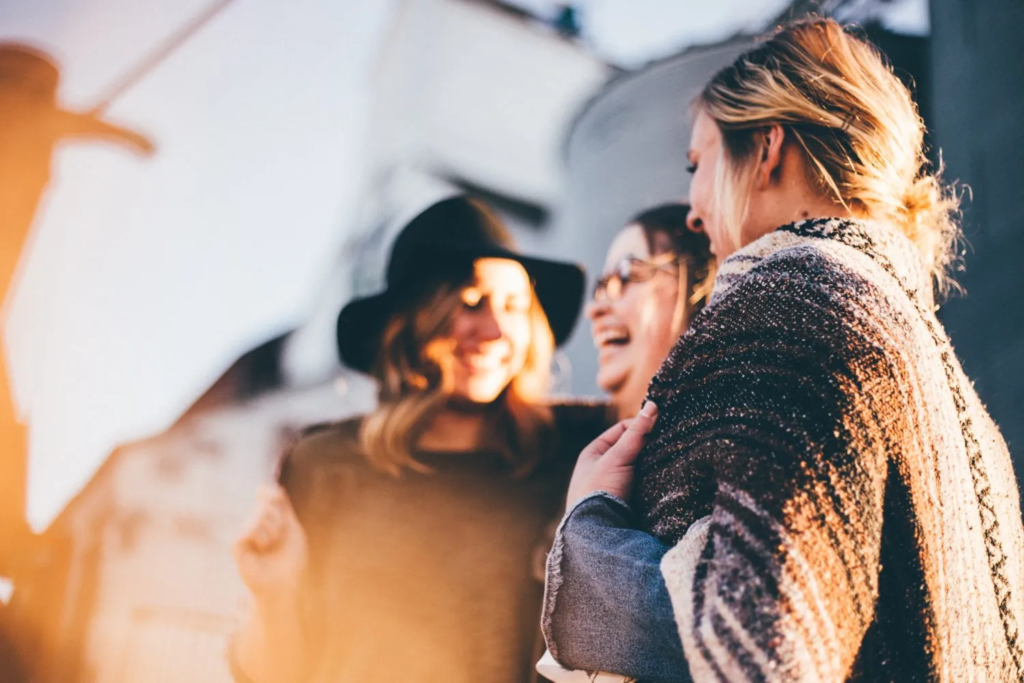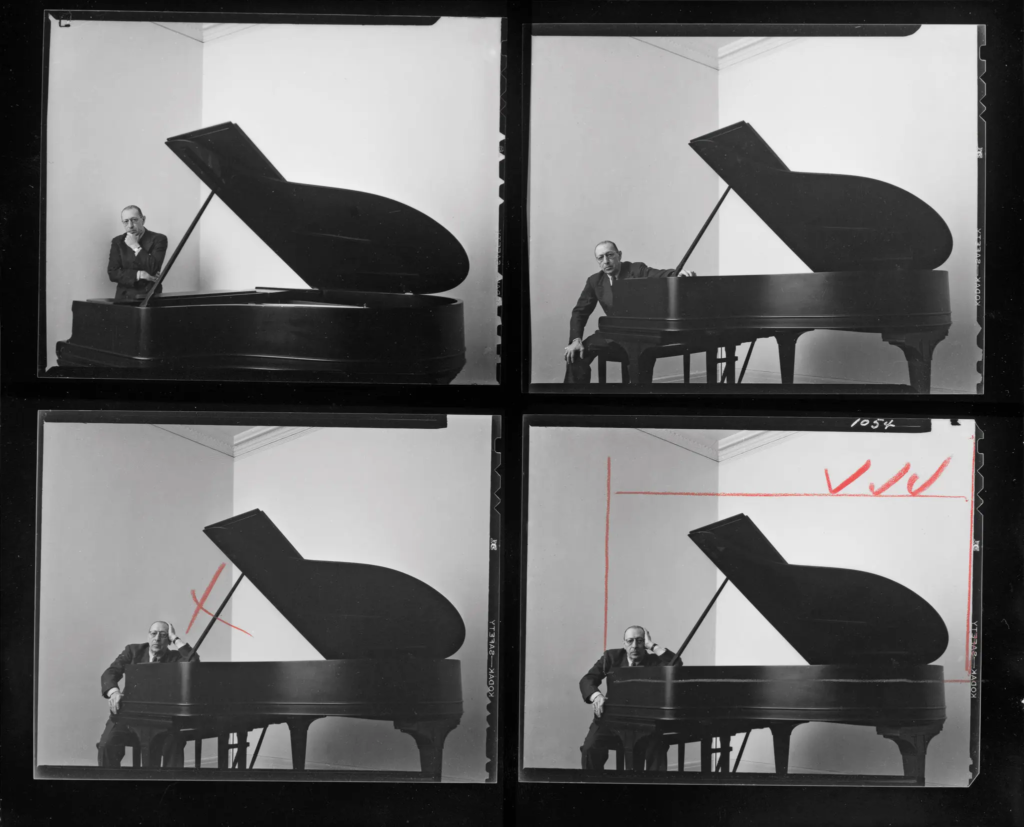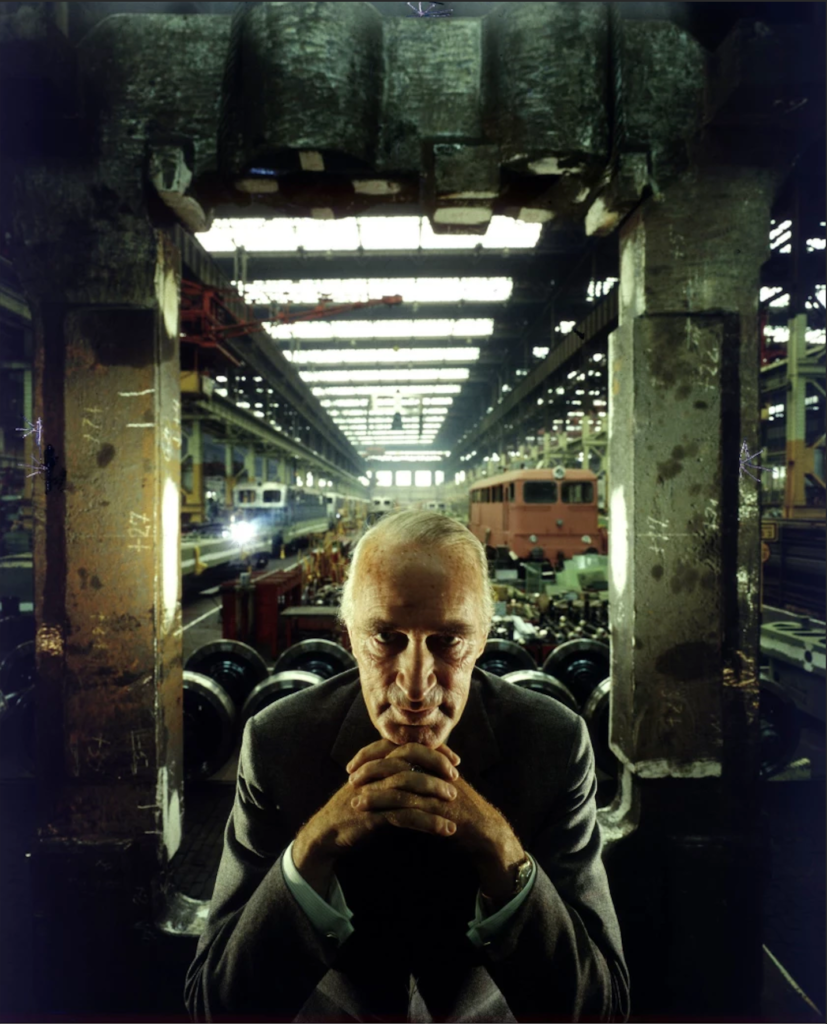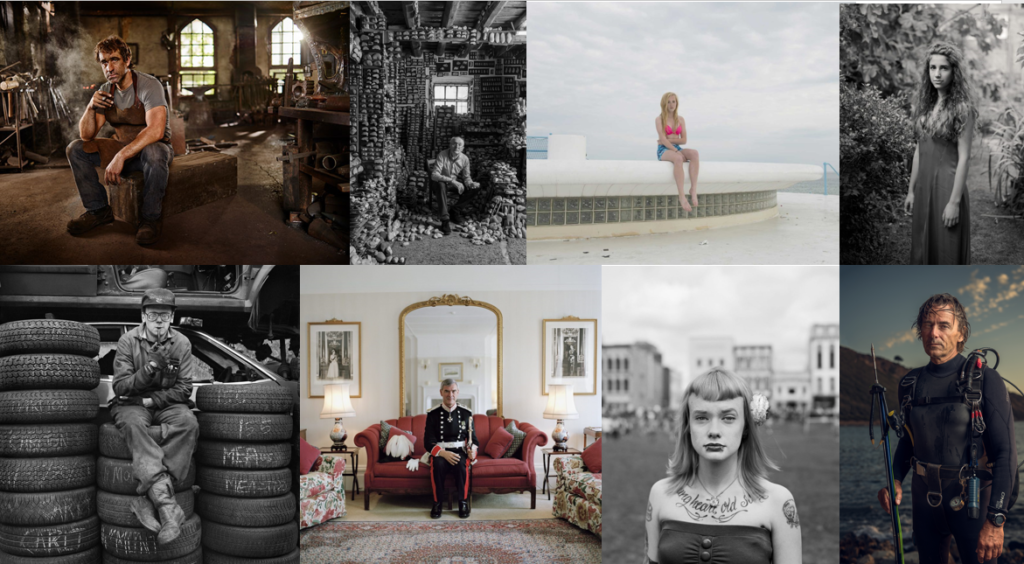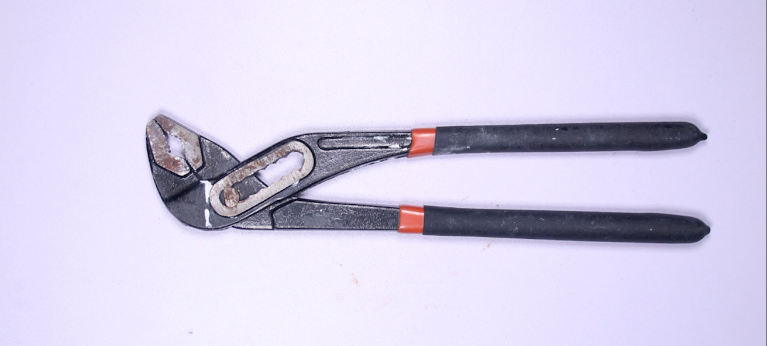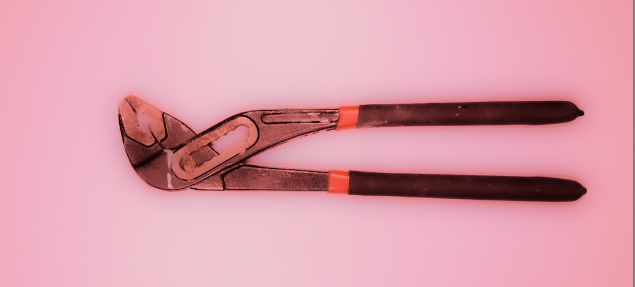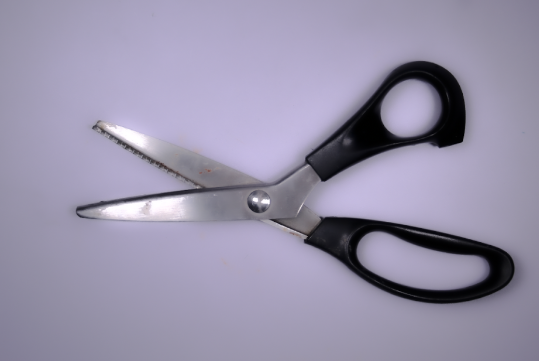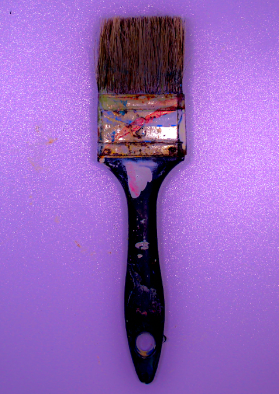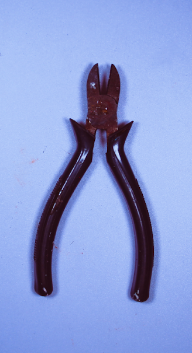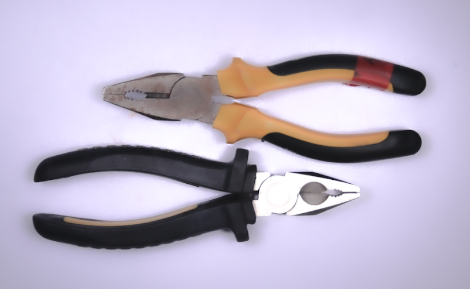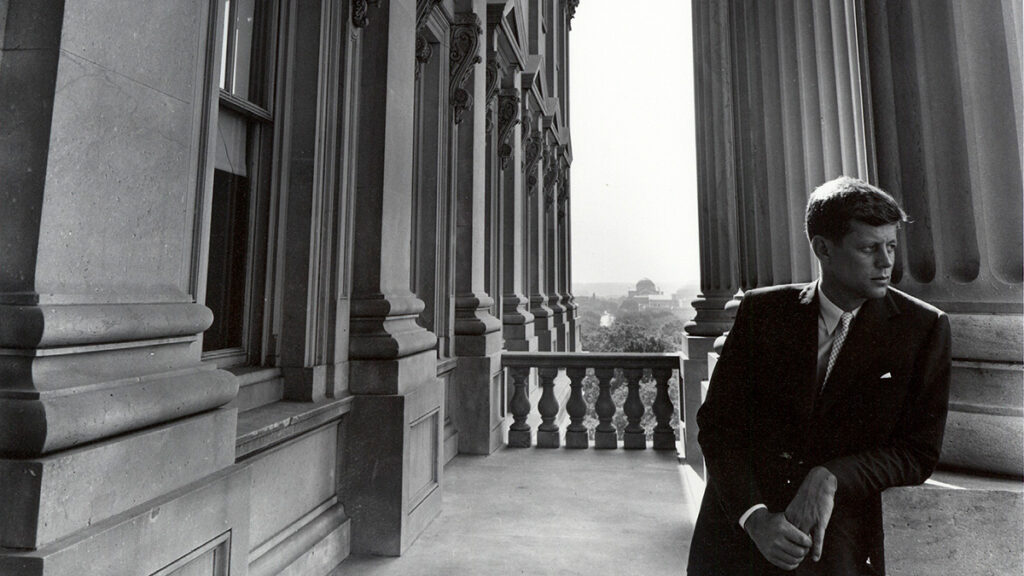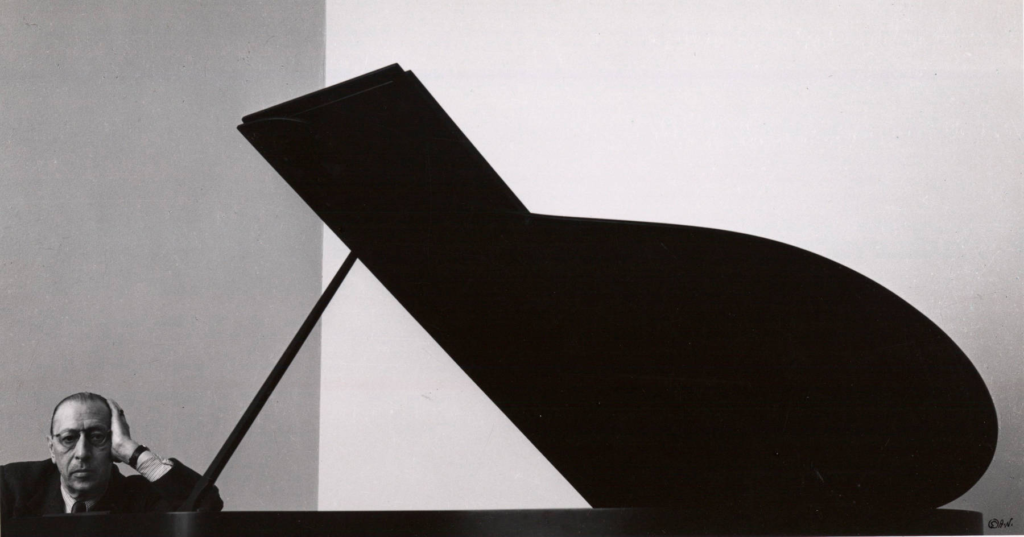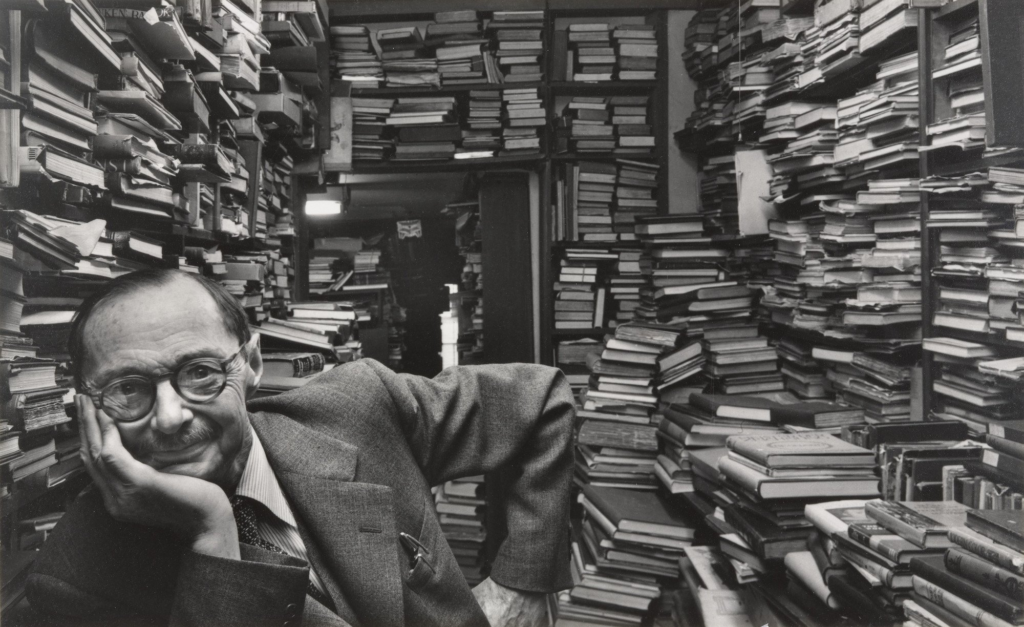Who is Arnold Newman?
Arnold Newman was an American photographer, born in 1918 and died in 2006. From 1936 to 1938, Newman attended the University of Miami then later became an assistant in a Photography studio. In 1941, Newman had his first major exhibition in New York, where he eventually opened his own Portrait studio in 1946 after visiting the City frequently. Arnold Newman was best known for his Environmental Portraits, featuring various artists, writers, political leaders, scientists and more, typically in their own space or somewhere constructed to fit their character. Some of these people include Pablo Picasso, Marilyn Monroe, Jean Cocteau and Igor Stravinsky, many of these images published within magazines such as Time, Look, Life and Harper’s Bazaar.
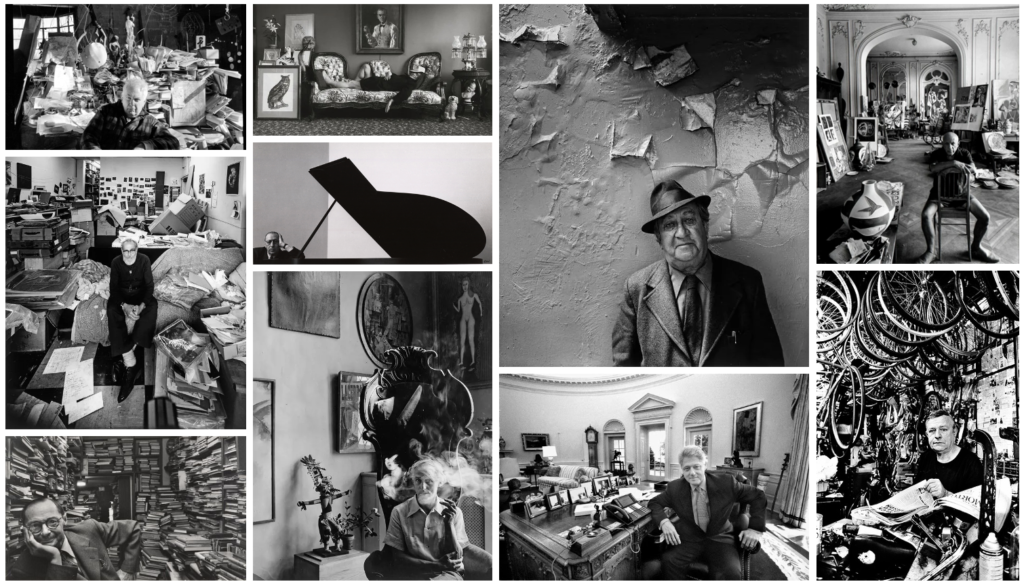
Image Analysis
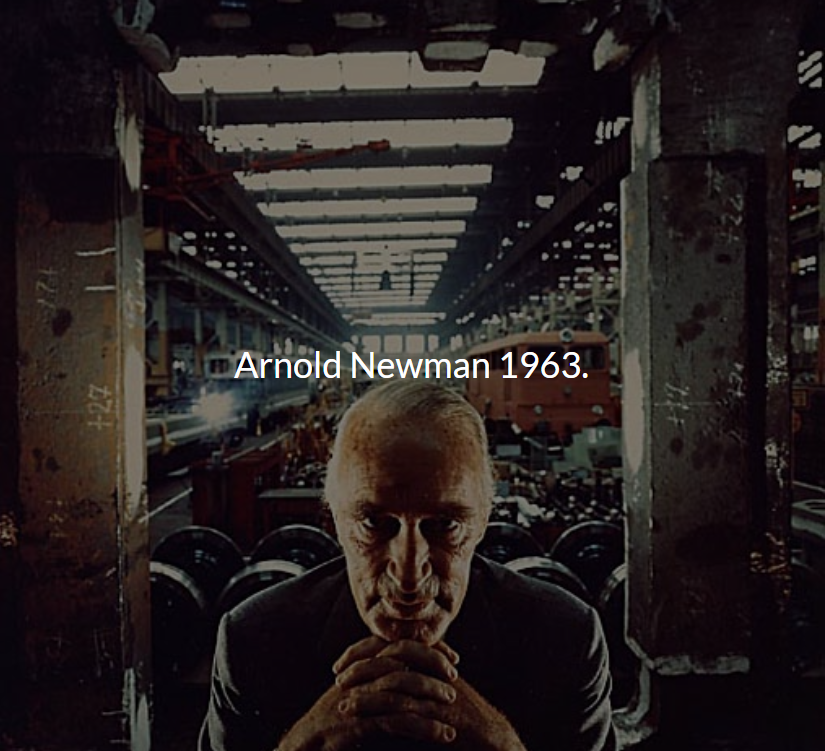
Emotional
This photograph makes me feel quite intimidated as the man in the image appears unfriendly and stern and the surroundings look cold and harsh. The positioning of his hands also give the impression that he is plotting an evil scheme, this adds to the oppression.
Visual
This image consists of dull colours with a lack of natural light and was taken in an industrial place. The subject’s aged, stern appearance fits in with the background, which looks like a train factory because it appears like it would be a manly and hard workplace. The fact that the subject is wearing a suit implies that he has authority, therefore, he may be the boss of the factory. The serious look on his face, texture of his skin and the background together all create the impression that the subject is firm and solemn. In this image, there are also many dark tones which may represent the subject’s personality and morals.
Technical
This image has a wide depth of field as you can see far into it and, in terms of perspective, it looks like it is getting further away. The focus/focal point of this photo is the factory owner and it can be seen that there are various leading lines towards him. These include the lights on the ceiling and the trains each side of him. the two pillars and the fact that he is centred within the photo creates symmetry and a sense of balance. Additionally, the pillars also provide a frame for the subject which makes your focus go towards him. The lighting coming from the rear side in this image is quite unique and peculiar as well as the lights on each side of his face. This lighting gives the subject a slender appearance and creates a darker atmosphere, linking with his sinful nature.
Conceptual
This image was taken by a Jewish Photographer, Arnold Newman, of a German Factory Owner. The Factory owner, Alfred Krupp was a convicted War Criminal, therefore, Arnold Newman’s intention was to portray Krupp as evil in the photograph. He did this by making Krupp look like he was plotting an evil scheme through his facial expressions and positioning and using lighting to highlight Krupp’s features such as his wrinkles and nose, almost as if to make him look unpleasant. After seeing this photo, Alfred Krupp was furious as he was just asking for a regular self portrait.
Contextual
In 1963, Newsweek magazine wanted to commission Arnold Newman to take a photograph of Alfred Krupp, a German industrialist who was a convicted war criminal for helping the Nazis, however, he was later pardoned. Arnold Newman originally declined this offer as he was Jewish, therefore didn’t want to be involved with him, but then changed his mind and wanted to backstab Alfred Krupp so he went and proceeded with the job.

